The Truth About Baptism
The Feast of the Presentation commemorates the time when Mary and Joseph came to present Jesus in the temple (Luke 2:25-35). Of course, it’s a special celebration in the church year, but it also has some remarkable parallels to our practice of baptism. Let’s examine them now.
An Act of Dedication: Bringing a child into the temple at this time of his life was what the law required, but it was so much more. It was an act of dedication. In other words, what Jesus’ parents were doing was literally taking the child before the high priest and saying, “We want what God wants for this child. Let this child be under God’s direction. Let this child be dedicated to the Lord.”
In many ways, what we do in baptism is a precise parallel to what they did. When we baptize children, they are being presented—not just to the officiant but to the Lord himself. Baptism is an opportunity for families to say, “Lord, we want you to do what you want to do in the life of this child. We want your will to be accomplished.”
And, by virtue of saying that, families are also saying, “We’re willing to do whatever it takes for us to help facilitate that as parents and godparents.” Because you see, to make a dedication to the Lord is not just happening out there in the wilderness somewhere but within the assembly of God’s people.
A Symbol of Community
And that’s the second parallel. Notice: When Mary and Joseph bring Jesus into the temple, what happens? God speaks to Simeon, an older man, who comes over and speaks words from God himself about who Jesus is and about the direction of his life. He then gives a warning to Jesus’ mother, Mary”: “a sword will pierce your own soul too,” prophetically speaking about what would happen when she saw her Son crucified.
And then Anna comes up, and she’s praising God. This is the answer to her prayers, and she prays for Jesus. So too, in our baptism services, the families are not wandering off on their own, going someplace by themselves and baptizing this child. Instead, they’re partnering with their fellow Christians. Because we believe with all our hearts that it is there, among the gathered people of God, that He moves and acts.
In a baptismal service, when the celebrant asks, “Will you do all in your power to uphold this person in his or her life in Christ?” and you say, “We will,” that’s a commitment to be a part of a kind of interactive fellowship, one where you’re going to be involved. You won’t just look in someday and say, “Oh, I’m sorry they’re having a hard time.” If that ends up being the case, the question becomes, “Lord, what would you have me do?”
When the church is healthy, we see exactly these kinds of interactive relationships where people care for, pray for, help out and support people who are a part of the fellowship. You’re praying for those being baptized and their families. They’re praying for others. Because that’s the center of how God acts. And that’s the commitment we make to each other as interactive parts of his body.
A Movement of God
And who knows? Maybe at some point God might raise up somebody to be a Simeon, who prays prophetically in a way that has a real impact on the children’s lives. Or an Anna, who’s been praying all along and now sees the answer to her prayers.
So the Feast of Presentation is not just commemorating what happened to Jesus 2,000 years ago. We’re actually flowing in the same stream. By guiding Mary and Joseph to have Jesus presented in the temple, our Lord is modeling something for us. And in our own celebrations of dedication, we’re asking God to move.
And we’re saying, “We will too.”
How important is baptism? Let’s talk! Share this blog and your response on Twitter. Please include my username, @revgregbrewer.
(This post is an adaption of Bishop Brewer’s sermon on February 2, 2017, at St. Peter the Fisherman Episcopal Church, New Smyrna Beach, Florida).
Unless otherwise noted, scripture quotations are from the New Revised Standard Version Bible, copyright © 1989 the Division of Christian Education of the National Council of the Churches of Christ in the United States of America. Used by permission. All rights reserved.

